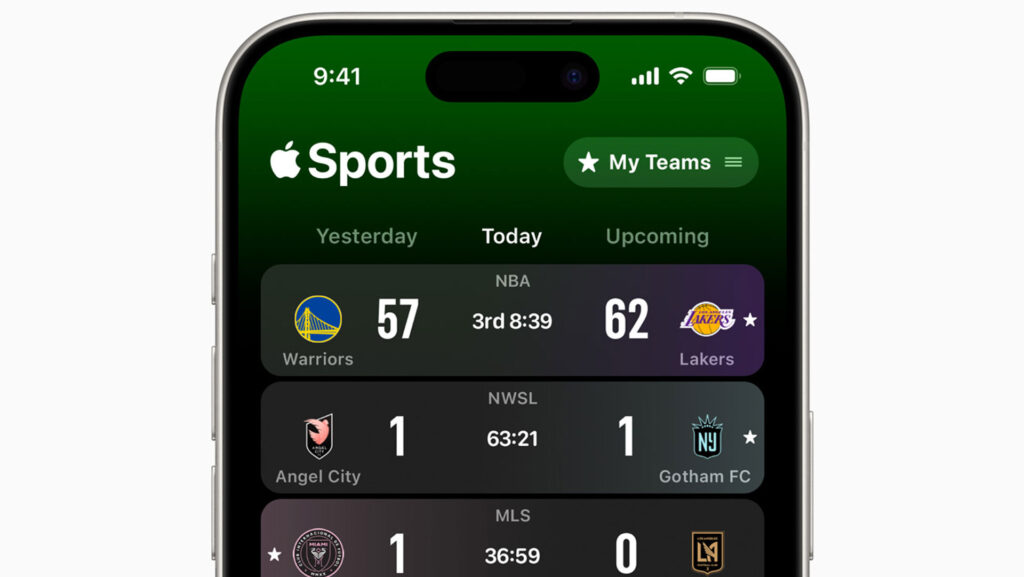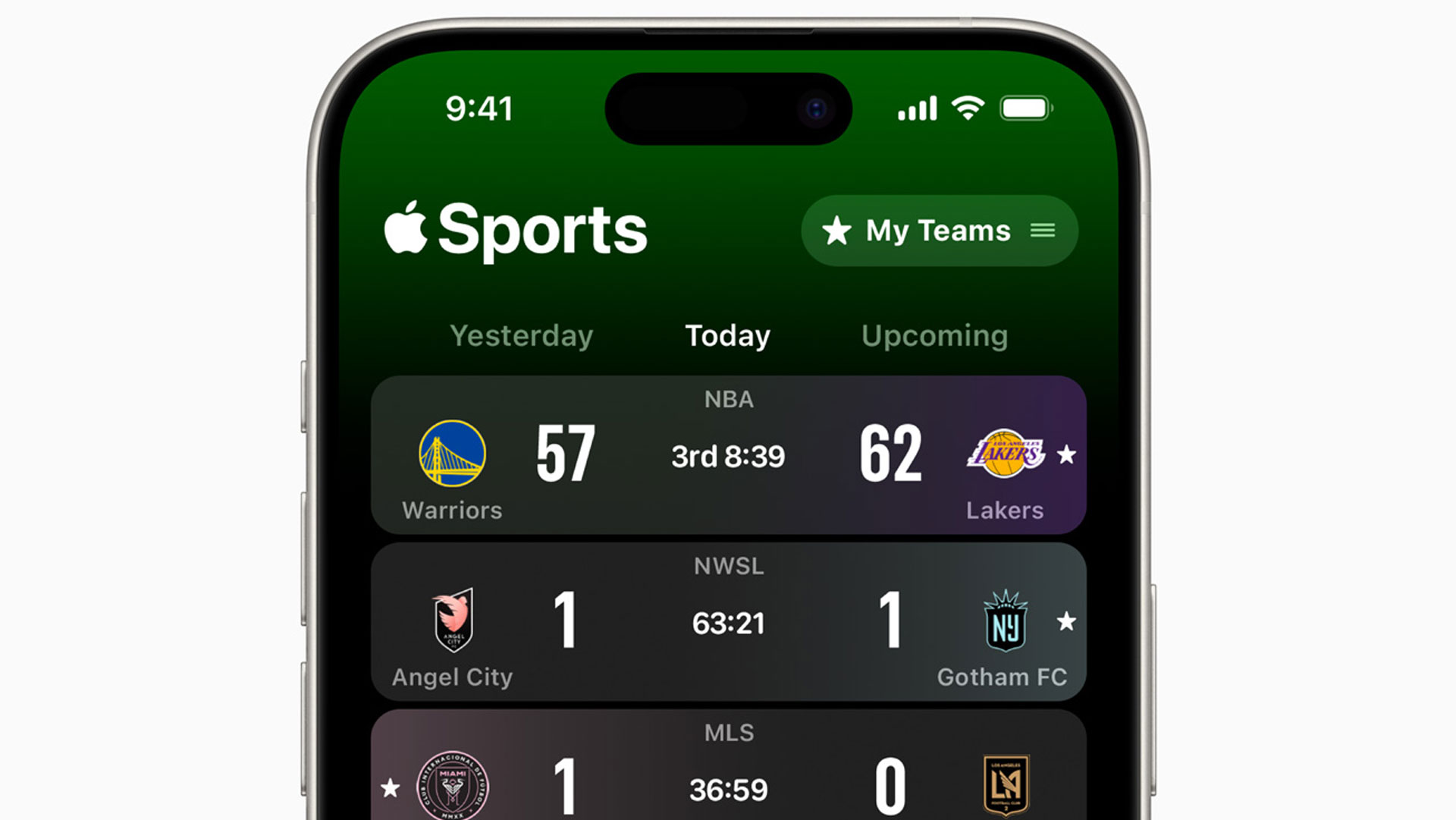
Unlocking the Power of the Cue: A Comprehensive Guide
In the realm of psychology, neuroscience, and even everyday life, the concept of a cue plays a pivotal role in shaping our behavior, influencing our decisions, and triggering our memories. A cue, in its simplest form, is a stimulus that has the potential to elicit a response. Understanding how cues work, how they’re formed, and how they can be manipulated is crucial for anyone looking to improve their habits, enhance their learning, or simply gain a deeper understanding of the human mind.
What Exactly is a Cue?
A cue can be anything – a sight, a sound, a smell, a feeling, or even a thought. The key characteristic of a cue is its ability to predict or signal a particular outcome or event. For instance, the smell of freshly baked bread can be a cue for hunger, the sound of a phone ringing can be a cue for communication, and the sight of a stop sign can be a cue for braking.
In classical conditioning, a cue is often referred to as a conditioned stimulus. This is because the cue only becomes meaningful after it has been paired with an unconditioned stimulus (e.g., food) that naturally elicits a response (e.g., salivation). Over time, the cue alone can trigger the same response, even in the absence of the unconditioned stimulus.
The Role of Cues in Habit Formation
One of the most significant applications of understanding cues lies in the realm of habit formation. In his bestselling book, “Atomic Habits,” James Clear emphasizes the importance of cues in the habit loop. The habit loop consists of four stages: cue, craving, response, and reward. The cue triggers the craving, which motivates the response, which leads to the reward, which reinforces the habit.
To build good habits, it’s essential to make the cues obvious. This can be achieved by designing your environment to make the desired behavior more noticeable. For example, if you want to drink more water, keep a water bottle visible on your desk. If you want to read more books, place a book on your nightstand. By making the cues more prominent, you increase the likelihood of initiating the desired behavior.
Breaking Bad Habits by Managing Cues
Conversely, to break bad habits, it’s crucial to make the cues invisible. This involves removing or avoiding the stimuli that trigger the unwanted behavior. For example, if you want to reduce your social media usage, delete the apps from your phone or turn off notifications. If you want to eat less junk food, avoid going to the grocery store when you’re hungry. By minimizing exposure to the cues, you reduce the temptation to engage in the undesirable habit.
Cues and Memory Retrieval
Cues also play a crucial role in memory retrieval. When we try to recall a past event or piece of information, we often rely on cues to help us access the relevant memory traces. These cues can be internal (e.g., thoughts, feelings) or external (e.g., sights, sounds). The more similar the cues present during recall are to the cues present during encoding (the initial learning phase), the more likely we are to successfully retrieve the memory.
This principle is known as the encoding specificity principle. It suggests that memory is context-dependent, meaning that our ability to remember something is influenced by the context in which we learned it. For example, if you studied for an exam in a quiet library, you might perform better on the exam if you take it in a similar environment. The quiet atmosphere serves as a cue that triggers the retrieval of the information you learned in that setting.
The Neuroscience of Cues
From a neuroscientific perspective, cues activate specific brain regions associated with reward, motivation, and habit formation. The basal ganglia, a group of brain structures involved in motor control and procedural learning, plays a critical role in associating cues with specific actions and outcomes. When a cue is repeatedly paired with a reward, the basal ganglia strengthens the connections between the cue and the corresponding behavior.
The neurotransmitter dopamine is also heavily involved in the processing of cues. Dopamine is released when we experience something rewarding, but it’s also released in response to cues that predict reward. This dopamine release serves as a teaching signal, reinforcing the association between the cue and the reward.
Cue-Induced Craving
In individuals with addiction, cues associated with drug use can trigger intense cravings and relapse. These cues can be anything – a specific location, a particular person, or even a certain time of day. The repeated pairing of these cues with drug use strengthens the neural pathways that connect the cues to the craving and the urge to use drugs. This is why relapse prevention strategies often focus on avoiding or managing cues that trigger cravings.
Applications of Cue Management in Various Fields
The understanding of cues and their impact on behavior has numerous applications across various fields:
- Education: Teachers can use cues to create a more conducive learning environment. For example, playing classical music during study sessions can serve as a cue for focus and concentration.
- Marketing: Marketers use cues to influence consumer behavior. For example, placing products at eye level in stores or using specific colors and fonts in advertising can serve as cues that attract attention and drive sales.
- Healthcare: Healthcare professionals can use cues to promote healthy behaviors. For example, placing posters about handwashing in bathrooms can serve as a cue to encourage hygiene.
- Sports: Athletes use cues to improve their performance. For example, using specific mental imagery or self-talk can serve as a cue to trigger the desired movements and strategies.
The Importance of Context and Individual Differences
It’s important to note that the effectiveness of a cue can depend on the context and individual differences. A cue that works for one person may not work for another. Similarly, a cue that is effective in one situation may not be effective in another. For example, the smell of coffee might be a cue for alertness for some people, but it might be a cue for relaxation for others.
Therefore, it’s crucial to experiment with different cues and find what works best for you in specific situations. Pay attention to your own responses to different stimuli and identify the cues that consistently trigger the desired behaviors or memories.
Conclusion: Harnessing the Power of Cues for Personal Growth
In conclusion, the concept of a cue is fundamental to understanding human behavior, memory, and learning. By understanding how cues work, we can leverage them to our advantage in various aspects of our lives. Whether it’s building good habits, breaking bad habits, improving memory, or enhancing performance, the strategic use of cues can be a powerful tool for personal growth and achievement. By becoming more aware of the cues that influence our behavior, we can take greater control of our actions and shape our lives in a more positive and fulfilling way. Understanding these cues and how they affect us allows us to create environments and routines that foster success and well-being. [See also: How to Build Good Habits], [See also: Understanding Classical Conditioning], [See also: The Science of Memory]

